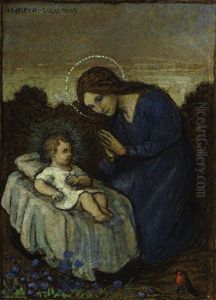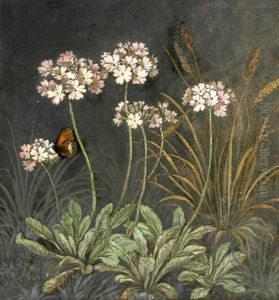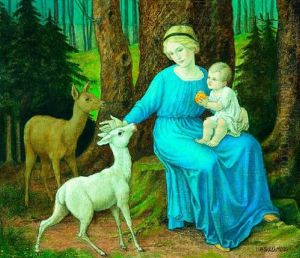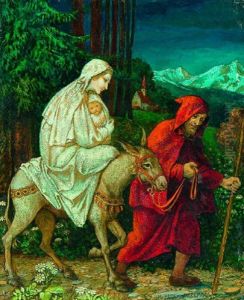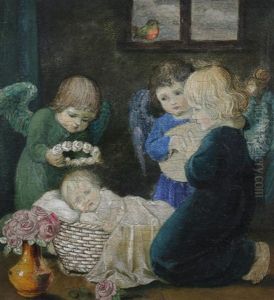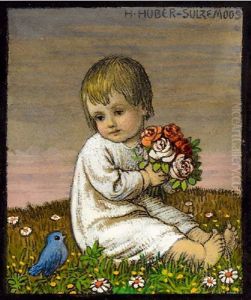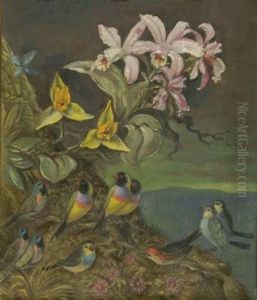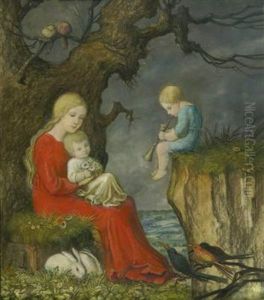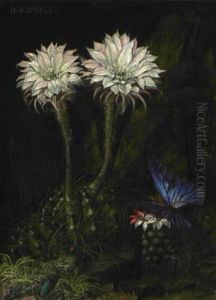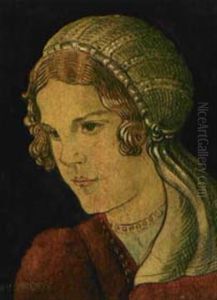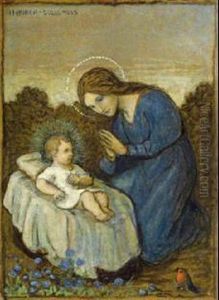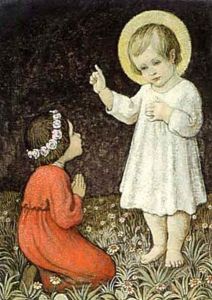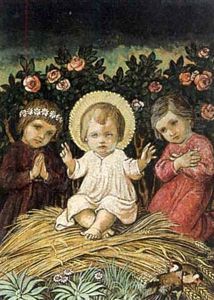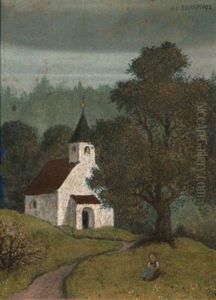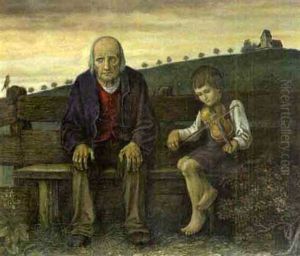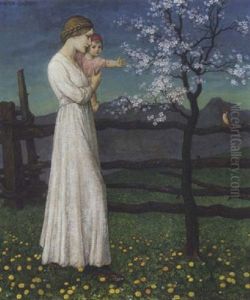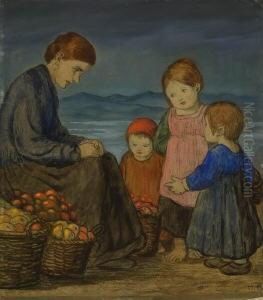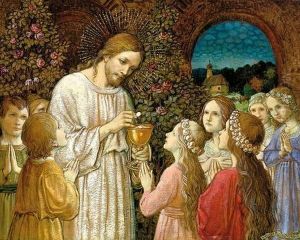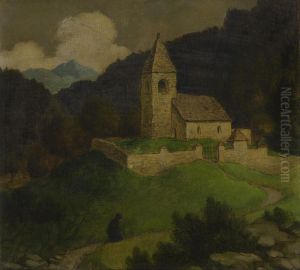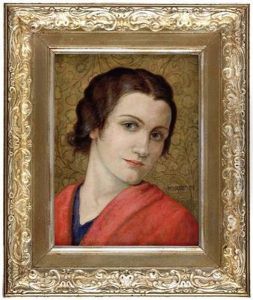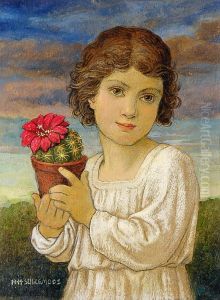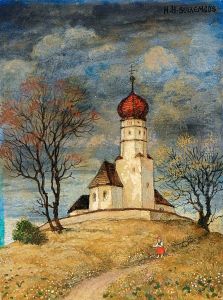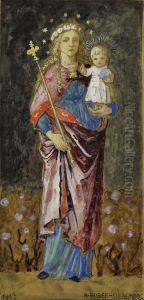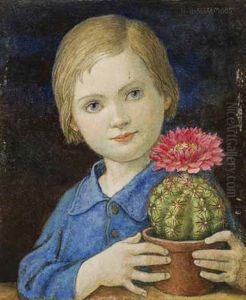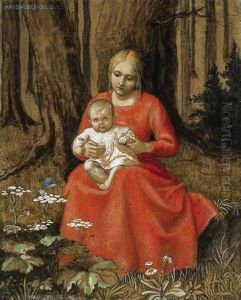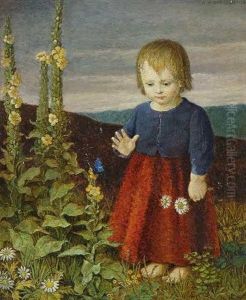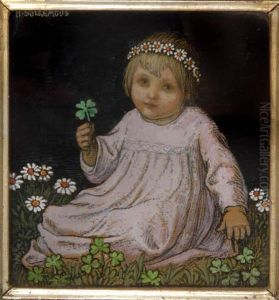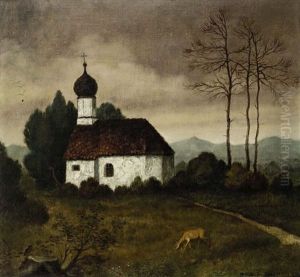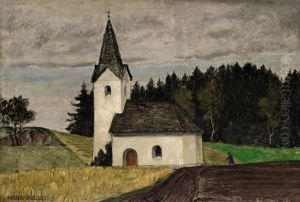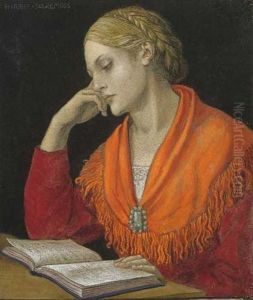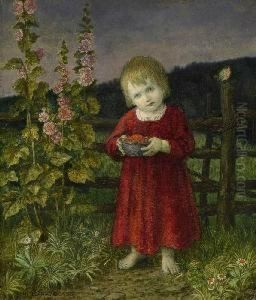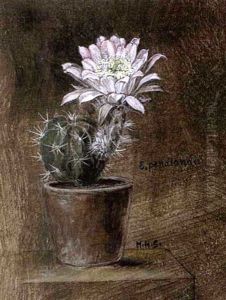Hans Huber-Sulzemoos Paintings
Hans Huber-Sulzemoos was a German painter known for his landscape and genre paintings. Born on January 6, 1873, in Sulzemoos, Bavaria, he pursued his passion for art by studying at the Munich Academy of Fine Arts under the guidance of renowned professors such as Ludwig von Löfftz and Nikolaus Gysis.
Huber-Sulzemoos's artistic style was heavily influenced by the Munich School, which emphasized a naturalistic approach and often focused on dark, moody color palettes. His works often depicted the Bavarian countryside, with a particular interest in capturing the changing seasons and the various atmospheric conditions of the rural landscape.
Throughout his career, Huber-Sulzemoos exhibited his works in various art shows and was recognized for his ability to imbue his landscapes with a sense of tranquility and timeless beauty. Despite the rise of modernism, he remained committed to his traditional style, which resonated with audiences looking for an escape from the rapidly changing world.
He continued to paint until his later years, finding solace and inspiration in the environment around him. Hans Huber-Sulzemoos passed away on December 31, 1951, leaving behind a legacy of work that continues to be appreciated by collectors and enthusiasts of German landscape painting.
